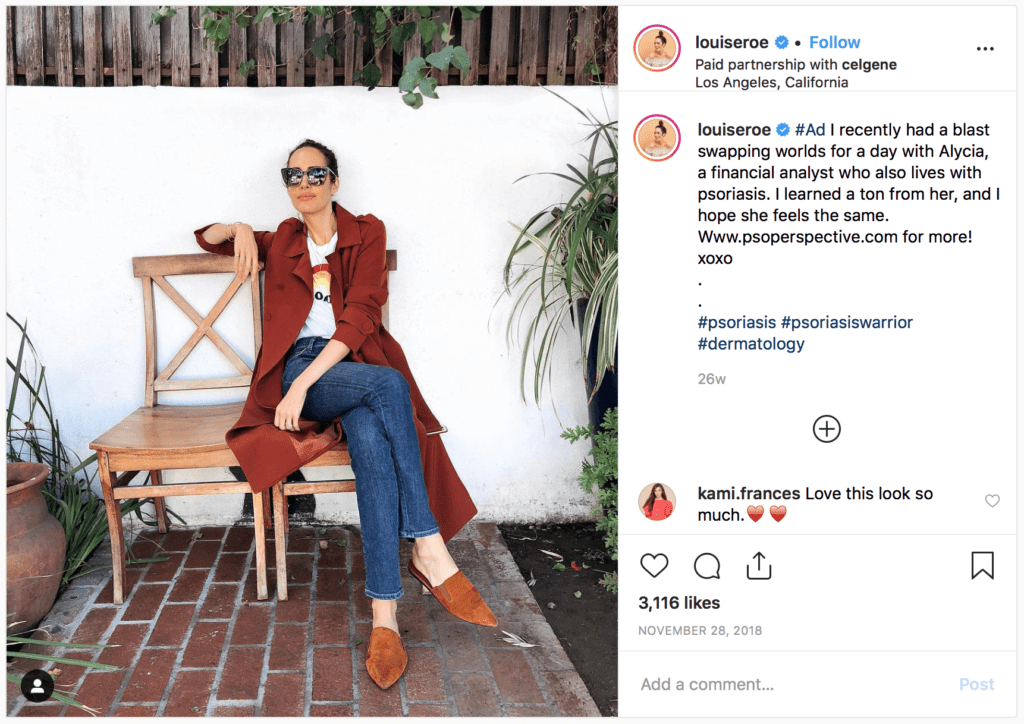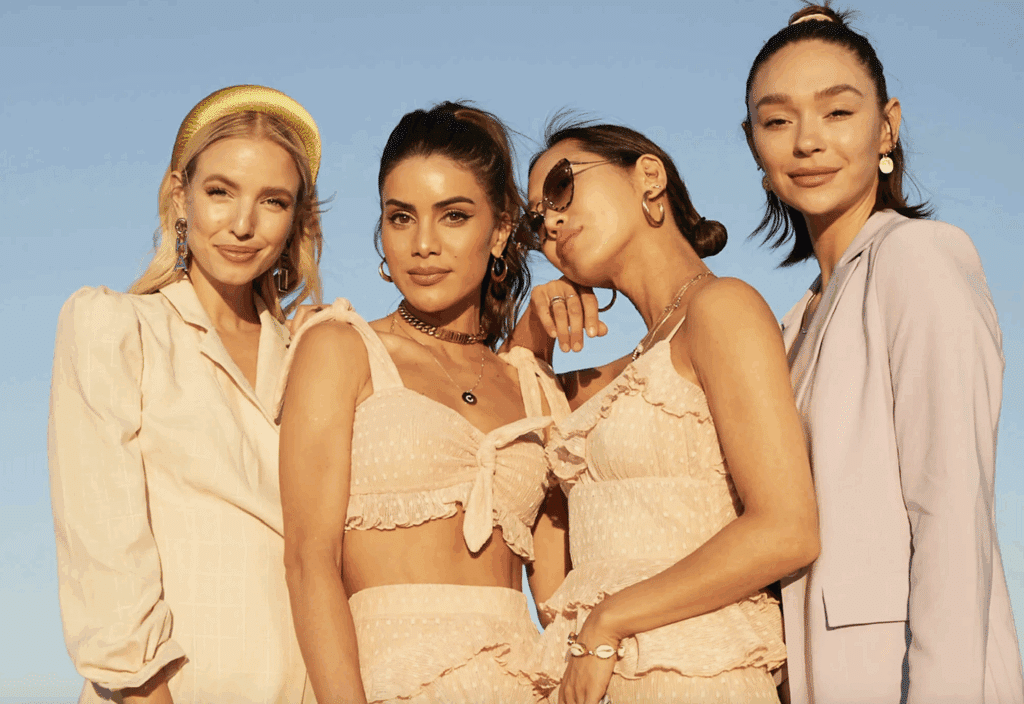Influencer marketing is expected to become a $15 billion business by 2022, and no small number of those dollars are directly tied to marketing efforts on Instagram, Snapchat … and even TikTok, prompting consultancies, non-profit organizations, and consumers, alike, to once again question the transparency associated with such a big business, particularly as the definition of what it means to be an “influencer,” the pool of willing and able individuals, and mediums that can be utilized continue to widen.
Once limited to well-known names and figures with enormous followings, the influencer market has expanded to include micro-influencers, those defined as social media users with between 5,000 and 100,000 followers, and even nano-influencers, who have around 1,000 followers, and with it, “a large number of companies and influencers that are ignoring the law,” according to Bonnie Patten, executive director of Truth in Advertising.
The law that Ms. Patten is referring to requires that brands, media outlets, and influencers all ensure that posts born from “material connections” between an advertising brand and an influencer or media outlet are “clearly and conspicuously” disclosed, and can all be held liable if the law is no observed. As for the “material connections,” the Federal Trade Commission (“FTC”) has stated that these could be anything from a paycheck in exchange for an endorsement, a free trip, or a gift to a family connection to a company or an ownership stake.
Despite legal mandates that posts on social media – and those included in traditional media, as well – come with obvious and easily-identifiable disclosures, a significant number of posts continue to run afoul of the law. Non-profit organizations Public Citizen and Truth in Advertising, which have both initiated action with the FTC in connection with influencer disclosures, “say the issue of influencers’ lack of disclosures on advertisements and sponsored posts has reached a level,” per Morning Consult.
As a result, “Tougher, more resource-intensive enforcement actions should be used more often, especially as Instagram expands tools to allow influencers to sell a brand’s merchandise through their posts,” the market research consultancy says. Kristen Strader, campaign coordinator for Public Citizen’s Commercial Alert, agrees, noting that the need for enforced regulations has grown given the prevalence of micro- and nano-influencers, who can prove to be “more deceptive than when a celebrity opts not to disclose a payment … because users tend to expect influencers such as the Kardashians or rapper Cardi B to be paid to post.”
While the FTC has taken some action, including against retailers like Lord & Taylor and individual YouTubers, in addition to sending warning letters to influencers and brands, these efforts have not persuaded sizable numbers of influencers, media outlets, and brands to start tacking #ad to sponsored content, and groups, such as Truth in Advertising, say that the FTC’s “lack of adequate resources and rule-making authority, as well as Instagram’s ability to blend sponsored posts seamlessly with regular posts, make it difficult to regulate what influencers are hawking on the platform.”
Add to that the low barrier to entry into the influencer marketing sphere and sheer number of companies that are relying on this mode of advertising, and the enormity of the issue become quite clear … and daunting.
There are a few specific places where we very well may be able to expect sweeping FTC action in the not too distant future: the marketing of vapes and other tobacco-related products. Ms. Patten tells TFL that she expects the explosion in teen-focused advertising of these products is far more likely to catch the eye of federal regulators than the widespread undisclosed promotion of designer bags and garments, especially since the broad scope of the FTC’s oversight in terms of subject matter means it is tasked with ensuring that mergers are not anticompetitive and cracking down on robocall scams. As such, bags are largely viewed as small change.
To date, the FTC begun to make moves in the arena, joining with the Food and Drug Administration (“FDA”) this summer to call foul on four vape manufacturers for failing to ensure that the influencers they paid to promote their products declared the sponsored nature of their posts and included a legally-mandated nicotine warning statement in connection with such posts.
The agency is also likely to be paying attention to the growing level of marketing of alcoholic beverages by influencers, particularly as beverage companies continue to become more “creative” with influencer marketing, according to influencer marketing agency MediaKix. “As social media platforms like Instagram, Facebook, YouTube, and Twitter become better at identifying user age and establishing safeguards to protect young audiences, alcoholic beverage brands are diverting more of their marketing budgets to digital advertising,” including social media advertising, the company says.
However, the push by companies to advertise everything from their spiked seltzers to hard alcohols has not come without qualms; TINA revealed in connection with a 2018 investigation of DJ Khaled’s posts promoting alcohol brands, disclosure-less promotions of such products are particularly problematic because of the striking number of social media users that are minors.
While TINA did not file a FTC complaint centering on Khaled’s widespread failure to properly disclosed sponsored alcohol-centric posts, it did, in fact, take action in connection with Ciroc-maker Diageo, telling the government entity that the British multinational alcoholic beverages company had routinely failed to ensure that influencer endorsements of Ciroc contained necessary disclosures, noting also that influencers’ posts “bypass Instagram’s age-gating tools allowing the millions of minors with Instagram accounts full access to this type of marketing.”
Looking beyond alcohol ads and the marketing of vapes, FTC – and even FDA – interference might come in connection with influencers’ marketing of “health “supplements,” pharmaceuticals and medical devices, which has been on the rise, whether it be Louise Roe hawking psoriasis medication and Emily Harrington promoting prescription contraception (both of whom included properly disclosures in their posts) or Kim Kardashian pushing prescription morning sickness medication or weight-loss teas. The latter of has become a topic of importance for U.S. Senator Richard Blumenthal, who has taken to lobbying the FTC to stomp out the “exaggerated or blatantly false claims” coming from companies in the nearly $70 billion weight loss industry, such as “Flat Tummy Co., Lyfe Tea, BooTea, MateFit, and Fit Tea,”
Kardashian came under fire for with the FDA in the past after her paid-for post promoting Diclegis “racked up nearly half a million likes and boosted social media conversation about the drug by 500 percent” without including the proper “risk information or important limitations of use for [the drug].”
Continued FDA action and initial FTC action in this arena may be ahead since the stakes are higher when it comes to disclosures (drug marketing requires far more extensive disclosures, at least from an FDA standpoint than typical consumer goods), but also in terms of the products, themselves, which if not used properly stand to cause more harm to consumers than other products.
Still yet, research suggests that younger consumers are particularly prone to being influenced by social media endorsements of pharmaceuticals, thereby further raising the stakes for regulatory action. For instance, according to Pew Research Center and PwC Health Research, as of 2018, nearly 90 percent of people aged 18-24 (i.e., millennials) would trust health information or engage in health activities found on social media. If those numbers do not pique the interest of regulations, it is unclear what will.














